Guide on How to Set Up Your CPAP Pressure Correctly
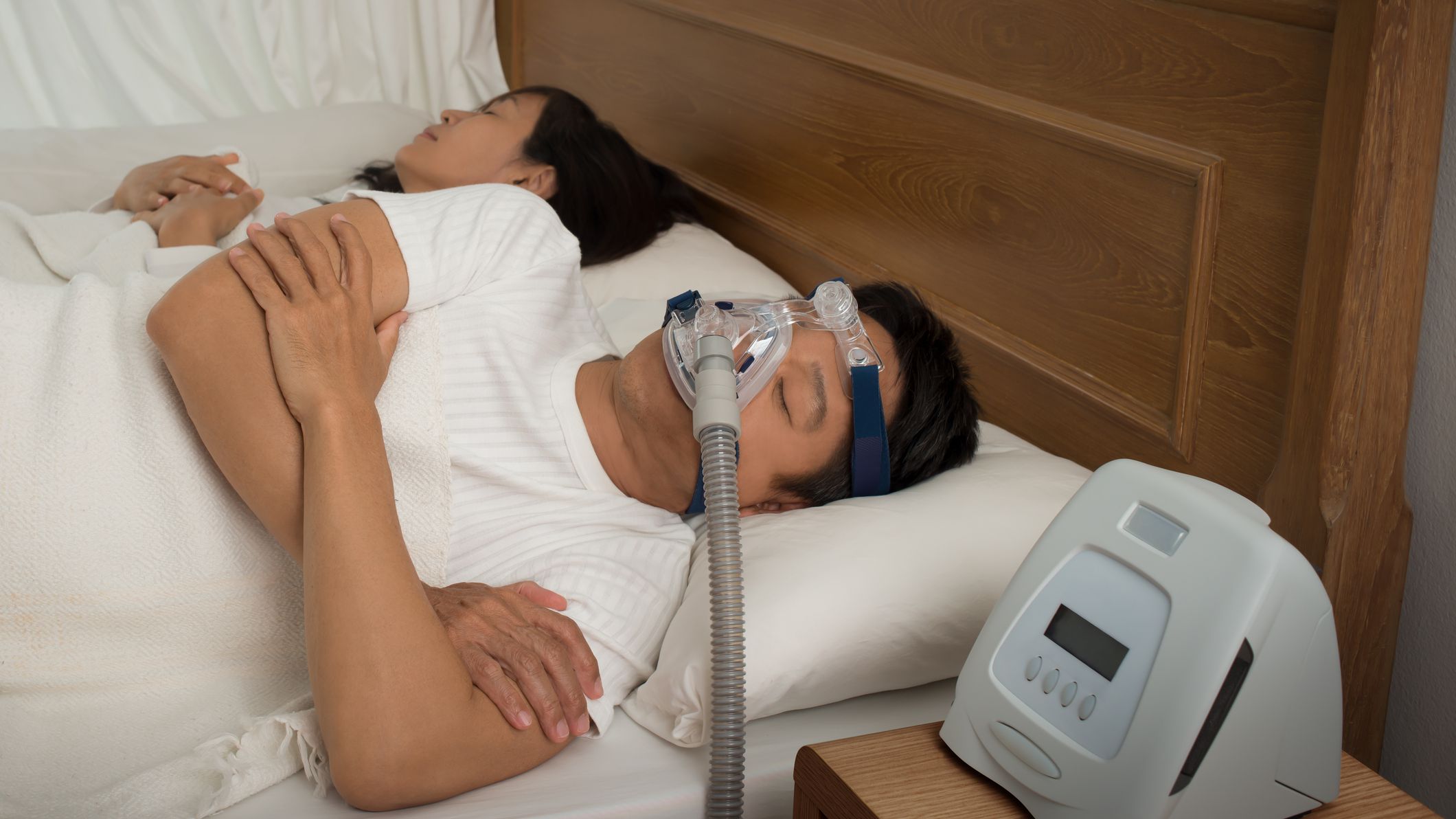
In order to give the most recent valid information, Air Liquide Healthcare routinely compares the information included within our pages to that found in the most recent scientific publications and most highly recommended websites, and other resources.
Those who suffer from obstructive sleep apnea (OSA) have difficulty breathing for brief periods while they sleep as a result of their airways being obstructed or collapsing. After a sleep apnea test, doctors will often recommend using CPAP Masks to treat the issue. The gadgets assist normalise breathing by delivering pressured air. Too little or too much pressure can have unfavorable consequences on CPAP therapy, so getting it just right is essential.

We’ll go over the several variables that go into establishing a comfortable CPAP pressure level. We’ll point out warning indicators that should prompt you to visit your doctor and request a blood pressure adjustment. Only a medical specialist should adjust the pressure settings.
Adjusting Your CPAP’s Pressure
A CPAP Machine’s output pressure is expressed in centimeters of water pressure (cm H2O). Device-specific, the typical pressure range for CPAP devices is between 4 and 20 cm H2O. Though uncommon, there are devices that can pump up to 30 cm H2O. People with OSA typically have a pressure setting1 of around 10 cm H2O.
The most typical approach to settling on a suitable pressure out from your CPAP mask is a titration study. The evaluation takes place over the course of one night, just like a sleep study would. Your oxygen levels, respiration, heart rate, brain waves, and mobility are all tracked by sensors that are strapped to your person. A doctor or sleep expert will adjust the CPAP pressure until the minimum level necessary to maintain open airways is reached.
The number of times a person stops breathing or breathes shallowly when asleep is measured by the apnea-hypopnea index (AHI), which is used to guide the adjustment of CPAP pressure by doctors. The AHI is tracked by most current CPAP devices, so you and your doctor can easily see whether your pressure needs to be adjusted.
Essential to the success of your therapy, you will be equipped for a CPAP mask during the trial. Full-face masks, nasal masks, and nasal pillows are just some of the CPAP mask options out now. After the research is complete, you and your doctor may talk about the best CPAP pressure setting for you. Depending on the findings, they may also suggest adjustments to your CPAP routine. You can also read about CPAP Machine and Sinus Infection by visiting http://mhsblogs.com/cpap-machine-and-sinus-infection/
Adjusting the Pressure on a CPAP Mask: Some Considerations
The severity of OSA and the required CPAP pressure for an individual depend on a number of factors. Some are inherent to the human body, while others are the result of behaviours like eating late at night or not getting enough shut-eye.
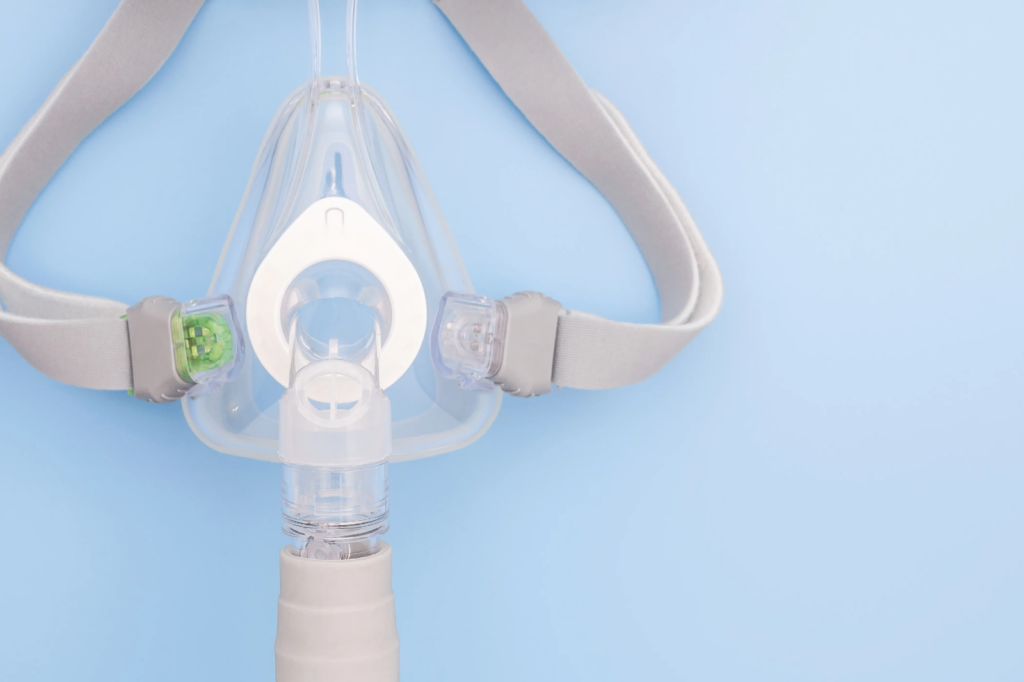
People with craniofacial or upper airway anomalies, such as a tiny lower jaw, a big tongue or tonsils, or a neck circumference of more than 17 inches, may be more susceptible to developing OSA and may require higher CPAP pressure settings. Click here to read about CPAP pressure and flow data at 2 positive pressure levels and multiple controlled breathing rates from a trial of 30 adults.
A deviated septum restricts nasal airflow, which may need a greater amount of pressure to maintain an open airway in the head and neck.
Extra tissue in the neck of obese persons is associated with decreased airflow to the lungs, hence BMI is an important factor to consider. When a person loses a large amount of weight, they often need to reduce their pressure setting because pressure needs tend to grow with a person’s weight.
Nasal allergies: Allergies and nasal congestion may impede breathing, leading to lower oxygen levels. A CPAP Mask equipped with a humidifier may be useful for those with allergies, in addition to the pressure settings calibration. Filters may also be kept free of allergens by being cleaned regularly.
Sleeping on one’s back is thought to be the worst posture for sleep apnea6 because the body’s weight presses down on the trachea and esophagus. As a result, those who sleep on their backs typically need greater pressure settings. Because it relieves pressure on the upper airways, side sleeping7 is recommended for persons with OSA.
Adjusting CPAP Mask pressure and its advantages
Conditions related to sleep apnea, such as snoring and sleep disruptions, can be alleviated with the right CPAP pressure settings. Your doctor may recommend a change in your CPAP pressure settings if you find that you are still having trouble sleeping while using the device. Here are some warning signals of low or high blood pressure:
Too Little Pressure: If you use a CPAP Mask but still feel tired or unrefreshed in the morning, your airways may not be getting enough oxygen. When your CPAP pressure is too low, you may have side effects like as heavy snoring, a choking sensation, or no reduction in hypertension. However, if your AHI does not start decreasing once you have included CPAP therapy in your regular sleep regimen, it may be time to try a different setting.
Too much pressure coming from your CPAP Mask. When you start to feel uncomfortable, you know the pressure is too much. Symptoms of high pressure include difficulty breathing, dryness of the mouth and nose, and a burning sensation in the throat. Others have issues with mask leaks, fluid in the ears, and wind or belching after ingesting air.
Masks that Use the APAP Algorithm
Your doctor may recommend an automated positive airway pressure (APAP) machine if you continue to struggle with the pressure settings on your current equipment. The user’s breathing patterns are detected and used to regulate the device’s pressure. A patient’s respiration and airway resistance are monitored and the Mask’s intensity is adjusted accordingly.
A doctor will still need to recommend a specific pressure range that works best for you, despite the fact that APAP Masks can regulate the pressure on their own. Some unwanted consequences may manifest themselves if the range is incorrect.
In order to give the most recent valid information, Air Liquide Healthcare routinely compares the information included within our pages to that found in the most recent scientific publications and most highly recommended websites, and other resources. Those who suffer from obstructive sleep apnea (OSA) have difficulty breathing for brief periods while they sleep as…
Recent Posts
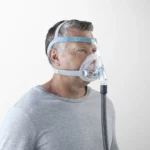 CPAP Masks Australia: A Comprehensive Guide to the Best Options AvailableContinuous Positive Airway Pressure (CPAP) therapy is a common and effective treatment for obstructive sleep apnea. One crucial component of this therapy is the CPAP mask, which delivers the airflow necessary to keep the airways open during sleep. In […]
CPAP Masks Australia: A Comprehensive Guide to the Best Options AvailableContinuous Positive Airway Pressure (CPAP) therapy is a common and effective treatment for obstructive sleep apnea. One crucial component of this therapy is the CPAP mask, which delivers the airflow necessary to keep the airways open during sleep. In […]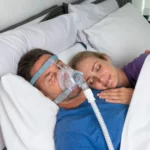 CPAP Mask Online Shopping: How to Ensure You’re Choosing the Right Mask for YouChoosing the right CPAP mask for your needs is essential for effective sleep apnea treatment. With the convenience of online shopping, it’s possible to find various options without stepping out of your home. However, the multitude of choices available […]
CPAP Mask Online Shopping: How to Ensure You’re Choosing the Right Mask for YouChoosing the right CPAP mask for your needs is essential for effective sleep apnea treatment. With the convenience of online shopping, it’s possible to find various options without stepping out of your home. However, the multitude of choices available […]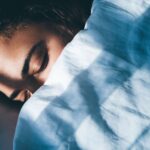 Discovering Your Sleep Type: The Benefits of a Sleep Type TestDo you often find yourself tossing and turning at night, struggling to fall asleep? Or maybe you drift off to dreamland effortlessly but still wake up feeling groggy and exhausted. If either of these scenarios sounds familiar, it’s possible that […]
Discovering Your Sleep Type: The Benefits of a Sleep Type TestDo you often find yourself tossing and turning at night, struggling to fall asleep? Or maybe you drift off to dreamland effortlessly but still wake up feeling groggy and exhausted. If either of these scenarios sounds familiar, it’s possible that […]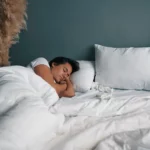 Sleep Apnea Testing in Brisbane: Your Complete GuideSleep apnea is a common sleep disorder that affects many people in Brisbane and around the world. If left untreated, it can lead to serious health complications. In this complete guide, we will explore everything you need to know about sleep apnea […]
Sleep Apnea Testing in Brisbane: Your Complete GuideSleep apnea is a common sleep disorder that affects many people in Brisbane and around the world. If left untreated, it can lead to serious health complications. In this complete guide, we will explore everything you need to know about sleep apnea […]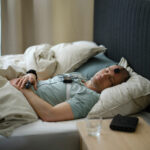 Sleep Study Ipswich: Analysing Sleep Patterns in QueenslandSleep is a fundamental aspect of our daily lives, yet it is often overlooked and undervalued. In recent years, sleep disorders have been on the rise, leading to a growing concern for public health. To shed light on this issue, a comprehensive sleep study […]
Sleep Study Ipswich: Analysing Sleep Patterns in QueenslandSleep is a fundamental aspect of our daily lives, yet it is often overlooked and undervalued. In recent years, sleep disorders have been on the rise, leading to a growing concern for public health. To shed light on this issue, a comprehensive sleep study […] Sleep Study Referral: Understanding the Process and RequirementsIn today’s fast-paced world, getting a good night’s sleep has become increasingly difficult for many individuals. From hectic work schedules to the constant distractions of technology, it’s no wonder that sleep disorders are on the […]
Sleep Study Referral: Understanding the Process and RequirementsIn today’s fast-paced world, getting a good night’s sleep has become increasingly difficult for many individuals. From hectic work schedules to the constant distractions of technology, it’s no wonder that sleep disorders are on the […]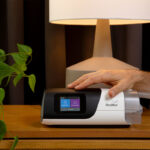 ResMed AirMini vs Traditional CPAP Machines: A Comparative AnalysisIn the world of sleep apnea treatment, Continuous Positive Airway Pressure (CPAP) therapy has proven to be highly effective in improving the quality of sleep for patients. CPAP machines work by providing a constant flow of air to keep the airways open […]
ResMed AirMini vs Traditional CPAP Machines: A Comparative AnalysisIn the world of sleep apnea treatment, Continuous Positive Airway Pressure (CPAP) therapy has proven to be highly effective in improving the quality of sleep for patients. CPAP machines work by providing a constant flow of air to keep the airways open […]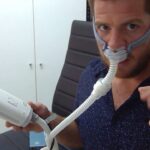 Tips for Optimizing Your Experience with the ResMed AirMiniThe ResMed AirMini is a compact and convenient device that offers a host of features to enhance your sleep experience. Whether you are new to using this device or looking for ways to improve your current setup, this article will provide you with valuable […]
Tips for Optimizing Your Experience with the ResMed AirMiniThe ResMed AirMini is a compact and convenient device that offers a host of features to enhance your sleep experience. Whether you are new to using this device or looking for ways to improve your current setup, this article will provide you with valuable […] Eye Surgery, LASIK vs Contact Lenses: Which One Should You Choose?Eye surgery, LASIK, or laser vision correction. The procedure goes by many names, but regardless of what you call it, LASIK surgery is one of the most popular permanent options for those with poor vision. But while laser eye surgery works for various […]
Eye Surgery, LASIK vs Contact Lenses: Which One Should You Choose?Eye surgery, LASIK, or laser vision correction. The procedure goes by many names, but regardless of what you call it, LASIK surgery is one of the most popular permanent options for those with poor vision. But while laser eye surgery works for various […]![Is Laser Eye Surgery Worth the Cost? [Complete Guide]](https://mhsblogs.com/wp-content/uploads/2023/05/LASIK-SMILE-and-PRK2-150x150.jpg) Is Laser Eye Surgery Worth the Cost? [Complete Guide]You may be considering going for laser eye surgery soon. The entire laser eye surgery procedure is quick and painless and eliminates the need for glasses or contact lenses for a very long time. However, laser vision correction can also be expensive. […]
Is Laser Eye Surgery Worth the Cost? [Complete Guide]You may be considering going for laser eye surgery soon. The entire laser eye surgery procedure is quick and painless and eliminates the need for glasses or contact lenses for a very long time. However, laser vision correction can also be expensive. […]
